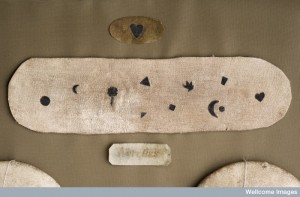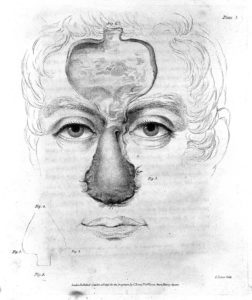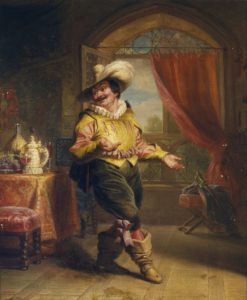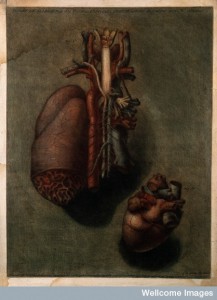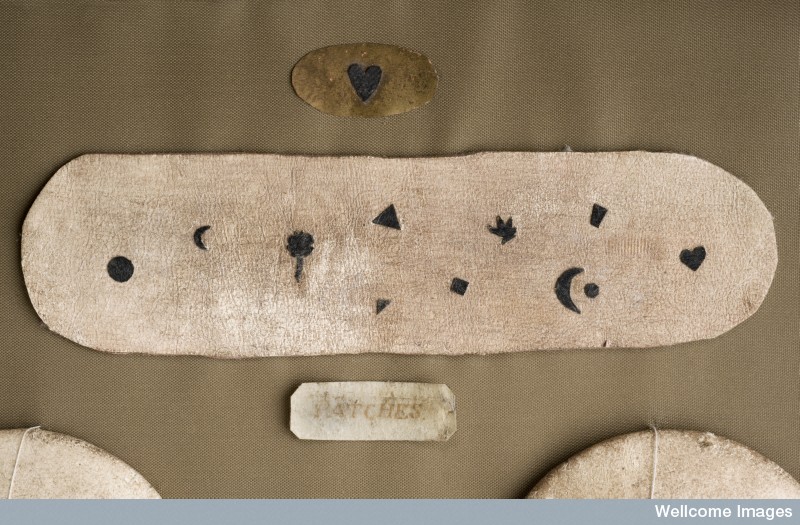
As we begin a new year it’s time for our annual round up of the reader’s favourite posts from 2015. Narrowly missing out this year were our posts on ‘Inconvenient Incontinence‘ and ‘Horrible Halitosis‘.
5. Ashleigh Blackwood’s post about ‘Maternity Wear: to Conceal or Reveal‘ opens our top five and revealed that dressing the bump is by no means a modern phenomenon. The Duchess of Marlborough in the eighteenth century noted that she work a warm waistcoat with her petticoats tied on top of it, but when going out used a scarf to hide her because she was so ‘prodigeous big’.

Credit: Wellcome Library, London.
4. ‘Dead Useful‘ makes it to the fourth spot, which explored the ways in which the human body was used in medicinal compounds. Medical writers from the seventeenth century claimed that spit, ear wax, menstrual blood, urine, dung, a human scull’s all had healing powers. Body parts could consumed or laid on skin as a plaster.
3. A fast favourite only appearing on the blog in November and soaring into the top five is ‘Understanding Anger‘ contributed by Lina Minou. Anger in the eighteenth century was not always a negative attribute but was a useful tool in regulating the body. It heated the body and so could help those who were usually of a cold disposition or who had been poisoned. Likewise it could be beneficial for those with weak nerves. Towards the end of the century angers curative qualities were re-imagined in terms of motion and tension.
2. Sneaking into second place is ‘Fumigating for Health‘. In April our therapies series considered the ways in which smells were thought to permeate the body and how this was used to cure disease. Pungent aromas, like burnt partridge feathers and leather, in the form of fumes and smokes were used to force a misplaced womb back into its natural position.
1. In the top spot for this year goes to ‘Beauty Spots and the French Pox‘ contributed by Katie Aske. In addition to their fashion uses, these little pieces of velvet were used to hide the scars and marks left by the pox. They represented luxury and wealth but also signified flirtations, and licentious behaviour. Even their location on the face could send certain messages: near the mouth they showed impishness, on the nose cheekiness, and by the eyes signified love.
